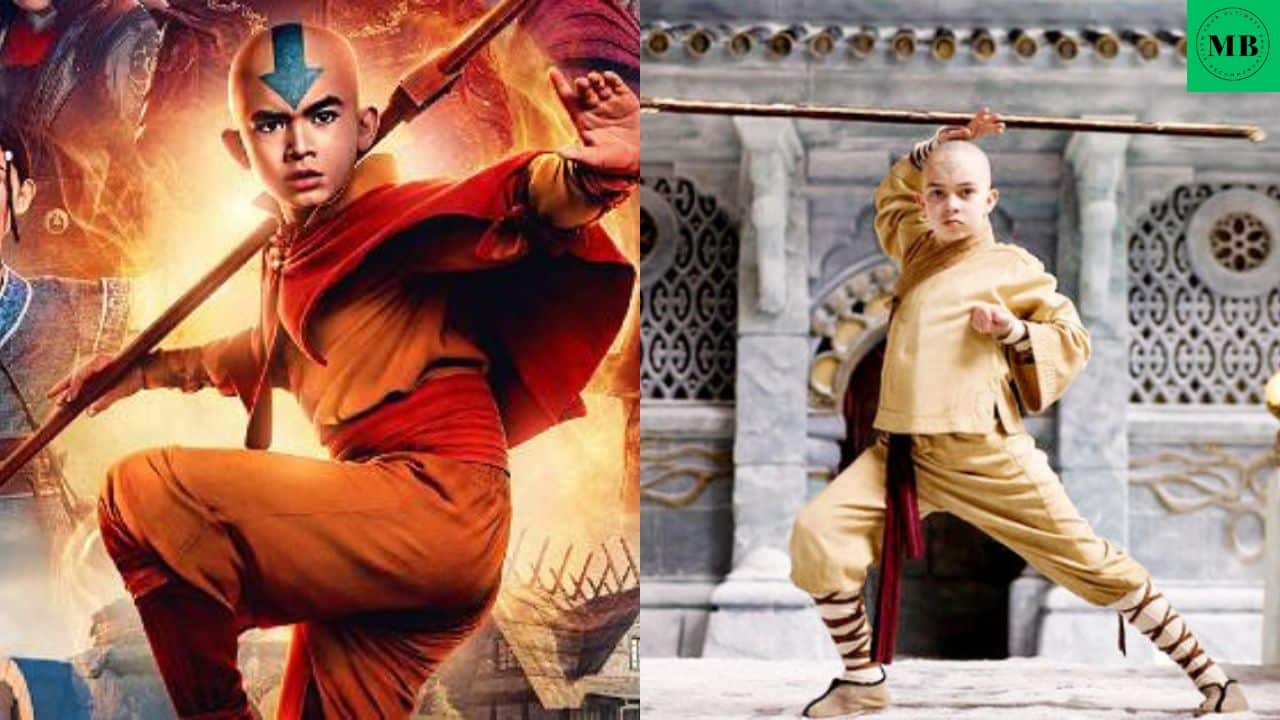“Avatar: The Last Airbender” has captured the hearts of fans worldwide with its rich storytelling, intricate characters, and captivating world-building. The original animated series, which aired from 2005 to 2008, introduced us to Aang, the last Airbender, on his quest to restore balance to a war-torn world. Now, Netflix has taken up the mantle, promising a fresh take on this beloved tale. But how does it compare? Let’s dive in.
- The Beginning: Aang’s Awakening
In the animated series, we meet Aang when he’s still trapped in an iceberg, rescued by siblings Sokka and Katara. Netflix’s adaptation provides more context, revealing the events leading up to Aang’s century-long slumber. We witness how he became trapped in the ice, adding depth to his character and emphasizing the weight of his responsibility as the Avatar. - The Previous Avatars: Spiritual Guidance
The animated series introduced us to the past Avatars through Aang’s spiritual connection. Roku, the previous firebender Avatar, played a crucial role. In the live-action version, Avatar Kyoshi takes center stage, possessing Aang’s body to aid him in defeating Fire Nation soldiers. Additionally, Aang engages in conversations with other past Avatars, like waterbender Avatar Kuruk. These departures offer fresh perspectives but alter the spiritual dynamics established in the original. - The Fire Nation Royal Family
Netflix’s adaptation delves deeper into the Fire Nation royal family. We witness their interactions, motivations, and internal conflicts. This exploration adds complexity to the narrative, but it also shifts the focus away from Team Avatar’s journey. Fans of the original may appreciate the additional layers, while others might miss the simplicity of the animated series. - Character Portrayals
Casting choices play a pivotal role in any adaptation. While Netflix’s cast brings fresh faces to iconic roles, fans remain divided. Some celebrate the new interpretations, while others yearn for the familiar voices of the animated characters. The challenge lies in balancing nostalgia with innovation. - Pacing and Episode Count
The animated series had the luxury of 20 episodes in its first season, allowing for gradual character development and intricate plot arcs. Netflix’s version, with only eight episodes so far, faces the challenge of condensing the story. Some critics argue that this brevity sacrifices depth, while others appreciate the streamlined approach. - Visual Effects and Bending
Bending—the ability to manipulate elements—is central to the Avatar universe. The animated series showcased breathtaking bending sequences. Netflix’s adaptation strives for realism, but the limitations of live-action sometimes hinder the grandeur. Finding the right balance between practical effects and CGI remains an ongoing debate.
Conclusion: Navigating Nostalgia and Innovation**
Netflix’s “Avatar: The Last Airbender” is a bold endeavor—one that invites both praise and scrutiny. As fans, we grapple with our memories of the original while embracing this new interpretation. Ultimately, the live-action series stands as a testament to the enduring legacy of Aang’s journey, sparking conversations that bridge generations.
So, whether you’re a die-hard fan or a curious newcomer, let’s celebrate the duality of these two worlds—the animated masterpiece and its live-action counterpart.

